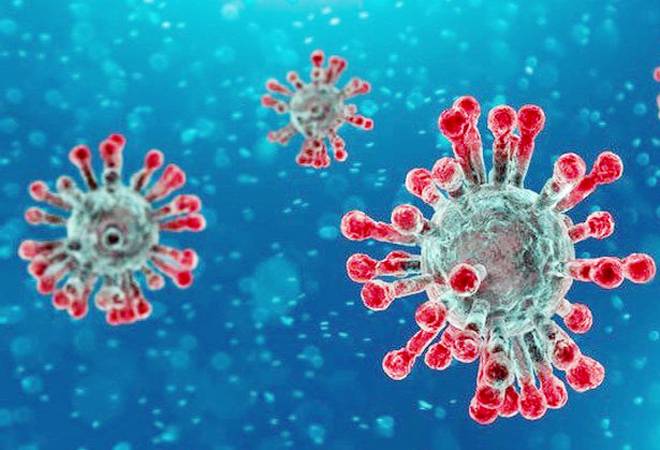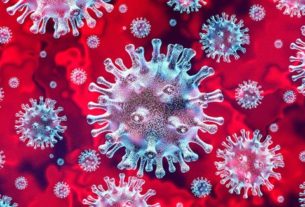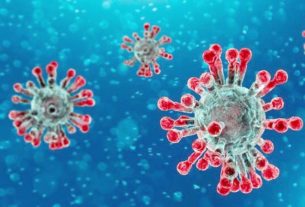From Our Bureau
13th MAY 2020
The Corona Virus (C0VID-19) pandemic situation remained grim globally, with the confirmed cases across the world soaring to 41,70,424 and the death toll reaching 2,87,399 in the 215 affected countries and territories, according to the latest update from the World Health Organization (WHO).
Globally, European region continued to be the worst-hit, with 17,80,316 confirmed cases and 1,59,799 deaths. American region came next with 17,81,564 confirmed cases and 1,06,504 deaths. Eastern Mediterranean region reported 2,84,270 confirmed cases and 9,259 deaths.
Western Pacific region’s tally stood at 1,63,201 confirmed cases and 6,578 deaths. South-East Asia region recorded 1,10,932 confirmed cases and 3,746 deaths and African region witnessed 49,429 confirmed cases and 1,500 deaths. WHO Risk Assessment at global level remained very high.
WHO has published an annex to the guidance on considerations on adjusting public health and social measures (PHSM). The new annex provides a pragmatic decision process to help countries through adapting PHSM based on epidemiological and public health criteria.
According to the 2020 World Health Statistics published by WHO today, the COVID-19 pandemic is causing significant loss of life, disrupting livelihoods, and threatening the recent advances in health and progress towards global sustainable development goals.
WHO has joined forces with the United Kingdom to run an awareness campaign named “Stop The Spread” about the risks of inaccurate and false information regarding the COVID-19 pandemic.
The Regional Director for the WHO Regional Office for the Americas, Dr. Carissa F. Etienne called on countries to “support their economies while building strong social protection networks and embracing evidence-based public health measures that are essential to saving lives.”
In the ‘Subject in Focus’ below, we discuss newly released WHO guidelines for school-related public health measures.
Considerations for school-related public health measures in the context of COVID-19
Across the globe, countries have implemented a number of control measures to respond to COVID-19, with the objective of slowing down transmission and reducing mortality. Based on local epidemiology, some countries are in the process of scaling up public health and social measures, while others are considering or currently scaling down these interventions.
Based on local risk assessments, countries have implemented several public health and social measures, such as local movement restrictions, adapting schools to distance-learning and businesses to teleworking, and international travel measures.
WHO has issued considerations for school-related public health measures to guide decision-makers and educators on how or when to reopen or close schools in the context of COVID-19. These decisions have important implications for children, parents or caregivers, teachers and other staff, communities, and society at large.
WHO school-related considerations to decide to close, partially close or reopen schools is guided by a risk-based approach to maximize the educational and health benefit for students, teachers, staff, and the wider community, and help prevent a new outbreak of COVID-19 in the community.
A series of factors should be considered when deciding on whether to open or to close schools, such as the epidemiology of COVID-19 nationally and in the local area, health system and public health capacity to respond to outbreaks as well as the school settings and ability to maintain COVID-19 prevention and control measures that protect children.
Thus, additional important factors to include in the assessment are risk of non-return to school, risk of widening disparity in educational attainment, access to meals for children who need them, the possibility of domestic violence aggravated by economic uncertainties, and the need to maintain schools at least partially open for children whose caregivers are ‘key workers’ for the country.
These school-related considerations also provide recommended measures on hygiene, daily practices, physical distancing and tele-schooling to guide school reopening. These recommendations are provided through questions and answers and can be used as a checklist under topics such as: school resources and infrastructure; policy for educators and school staff; safety and security of the children; hygiene and practices at schools; and communication with parents and students.
Finally, it is crucial to monitor the protective measures implemented to ensure their effectiveness and impact not only on educational objectives but also on health and well-being of the children, parents, family and school staff.
This risk-based approach needs to be implemented through inclusive and early collaboration between the school and the community. During this unique and challenging period, it is important for decision makers, educational institutions and caregivers to maintain flexibility and modify approaches to ensure learning and sharing of good practices in order to do what is best for the children, students, school staff, and community.
The WHO Information Network for Epidemics (EPI-WIN) co-hosted a webinar with UNICEF on public health and social measures in schools on 13 May, with more than 890 registrants. Key questions such as managing physical distancing, physical activities and wearing of masks still remain as countries implement measures over the coming weeks and months. The comments provided by the participants were very positive and there were requests for a follow up seminar on examples from countries. (eom)


